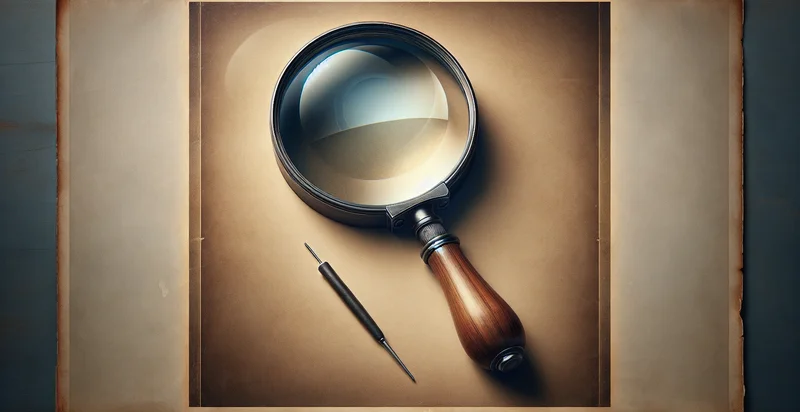Identify what material an aquarium is made from
using AI
Below is a free classifier to identify what material an aquarium is made from. Just upload your image, and our AI will predict what material an aquarium is made from - in just seconds.

Contact us for API access
Or, use Nyckel to build highly-accurate custom classifiers in just minutes. No PhD required.
Get started
import nyckel
credentials = nyckel.Credentials("YOUR_CLIENT_ID", "YOUR_CLIENT_SECRET")
nyckel.invoke("what-material-an-aquarium-is-made-from", "your_image_url", credentials)
fetch('https://www.nyckel.com/v1/functions/what-material-an-aquarium-is-made-from/invoke', {
method: 'POST',
headers: {
'Authorization': 'Bearer ' + 'YOUR_BEARER_TOKEN',
'Content-Type': 'application/json',
},
body: JSON.stringify(
{"data": "your_image_url"}
)
})
.then(response => response.json())
.then(data => console.log(data));
curl -X POST \
-H "Content-Type: application/json" \
-H "Authorization: Bearer YOUR_BEARER_TOKEN" \
-d '{"data": "your_image_url"}' \
https://www.nyckel.com/v1/functions/what-material-an-aquarium-is-made-from/invoke
How this classifier works
To start, upload your image. Our AI tool will then predict what material an aquarium is made from.
This pretrained image model uses a Nyckel-created dataset and has 6 labels, including Acrylic, Fiberglass, Glass, Plastic, Stainless Steel and Wood.
We'll also show a confidence score (the higher the number, the more confident the AI model is around what material an aquarium is made from).
Whether you're just curious or building what material an aquarium is made from detection into your application, we hope our classifier proves helpful.
Related Classifiers
Need to identify what material an aquarium is made from at scale?
Get API or Zapier access to this classifier for free. It's perfect for:
- Material Specification for Aquarium Manufacturing: This function can help manufacturers identify the specific materials used in building aquariums, enabling them to ensure compliance with safety standards. By accurately classifying materials, manufacturers can improve product quality and reduce production errors.
- Environmental Impact Assessments: Environmental organizations can utilize this image classification function to evaluate the materials in aquariums that contribute to pollution or waste. By classifying the materials properly, they can promote responsible disposal methods and advocate for more sustainable practices in aquarium production.
- Retail Quality Control: Aquarium retailers can implement this function to verify the materials of the aquariums they stock. This ensures that they offer only high-quality products that meet customer expectations, which can lead to improved customer satisfaction and brand loyalty.
- Customer Education: E-commerce platforms can integrate this function into their product pages, providing customers with detailed insights about the materials their chosen aquarium is made from. This empowers consumers to make informed purchasing decisions based on quality and suitability for their specific needs, such as aquascaping and fish species.
- Repair and Maintenance Services: Service providers can leverage this function to identify the materials in aquariums during service calls. Understanding the material composition can aid in recommending appropriate repair techniques and maintenance products, leading to more effective service outcomes.
- Regulatory Compliance Checks: Government agencies can use this classification function as a tool to ensure that aquariums sold in the market conform to industry regulations. By verifying materials, regulators can assess safety compliance and take necessary actions against non-compliant products.
- Custom Aquarium Design: Designers specializing in bespoke aquariums can use this function to evaluate client-provided images of existing aquariums. This allows them to assess material attributes and make tailored recommendations for enhancements or upgrades that harmonize with the desired aesthetic and functional goals.


